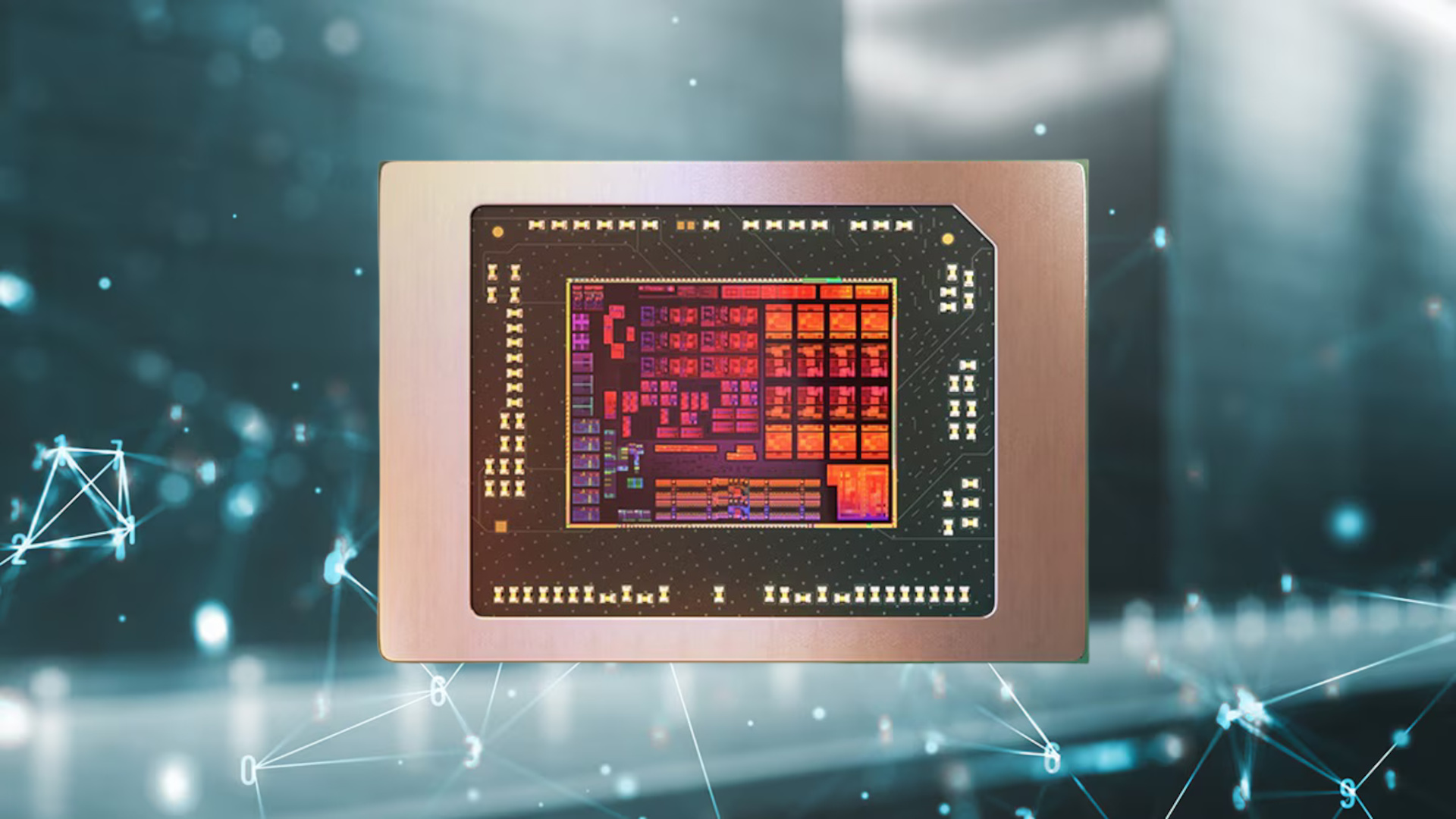
Revamping Old Tech: AMD's Release of Updated Ryzen Processors
AMD has introduced its latest Ryzen 10 series featuring repackaged older processors to boost inventory sales.
AMD recently released two new lines of Ryzen processors, dubbed the Ryzen 10 series. These processors aren’t entirely new; in fact, they are based on older models from 2017 and 2022 that received a fresh label and slight performance tweaks.
While the new processors are framed as a continuation of AMD’s innovations, a significant portion of their production relies on existing stocks of the 2022 Mendocino and Rembrandt architectures.
The Ryzen 10 series consists of two models, with Ryzen 3 30 and Ryzen 5 40 that differ in clock speeds. Interestingly, despite the marketing push, the specifications are largely identical to previously released processors.
Specifications Comparison
Ryzen 10 series:
| Name | Architecture | Cores/Threads | Base Clock | Boost Clock | L3 Cache | TDP | iGPU Compute Units |
|---|---|---|---|---|---|---|---|
| Ryzen 3 30 | Zen 2 | 4/8 | 2.4 GHz | 4.1 GHz | 4 MB | 15W | Radeon 610M / 2 |
| Ryzen 5 40 | Zen 2 | 4/8 | 2.8 GHz | 4.5 GHz | 4 MB | 15W | Radeon 610M / 2 |
The Ryzen 10 series processors provide decent specifications for budget laptop designs and potentially desktop systems aimed at casual users or applications requiring moderate power.
Despite their attractive pricing, one significant barrier undermining their appeal is the rising cost of DDR4 RAM, which continues to escalate, making these older generation chips less desirable for new builds.
Overall, AMD’s choice to rebrand existing technology and keep older models available is a pragmatic approach to maximize sales without substantial investment in new chip design, indicating a calculated formula to navigate the current semiconductor market.



